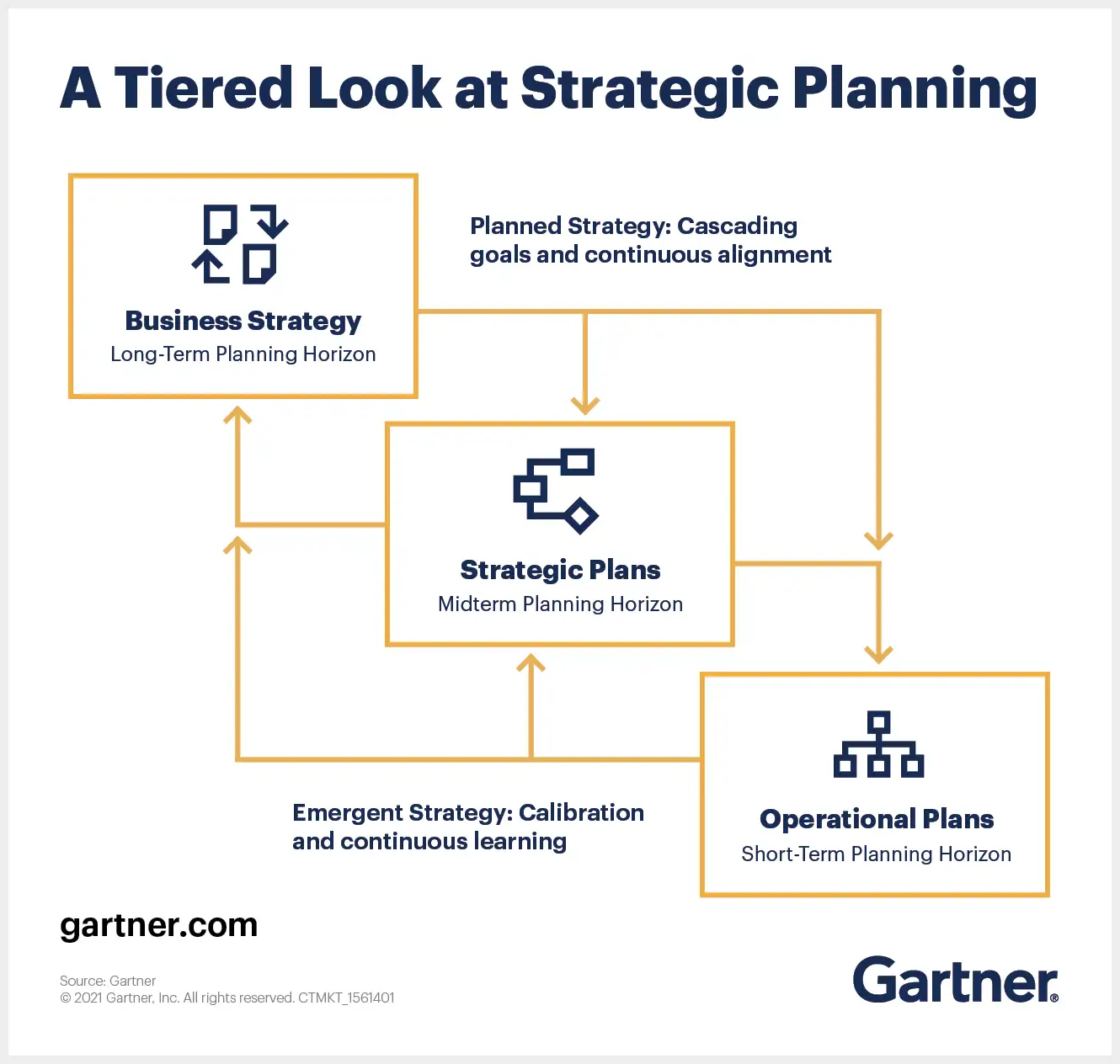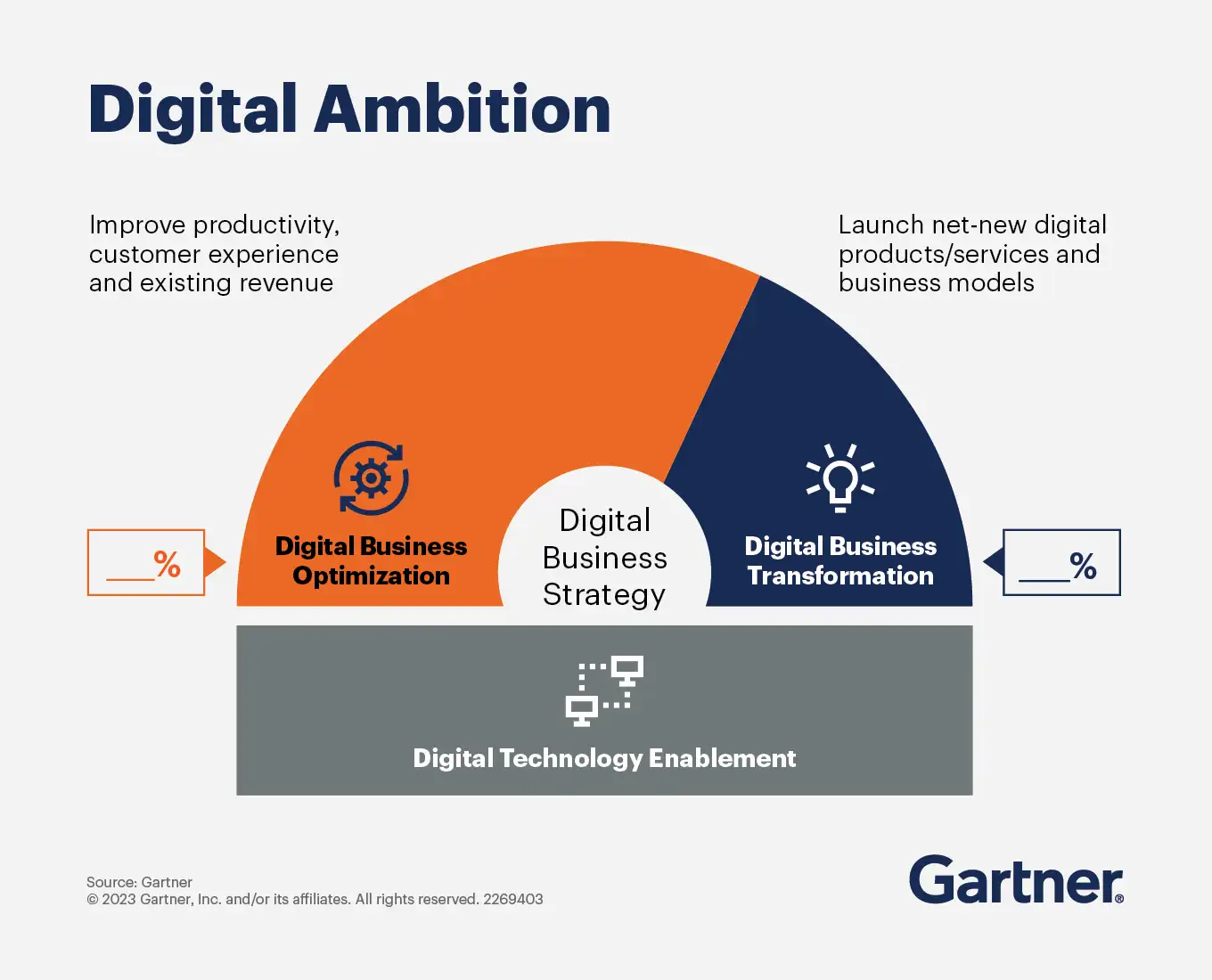Today’s successful business requires more than just a good product or service. The pressure to stay competitive, innovative, and efficient is higher than ever.
Many companies struggle to align their IT capabilities with their overall business goals. In fact, research proves that only 41% of IT teams see alignment between their current goals and the direction of the business.
As Nahjee Maybin, CEO of Kenyatta Computer Services, says, “If your IT infrastructure isn’t in sync with your strategic objectives, you’re likely to encounter inefficiencies, security risks, and missed opportunities.”
This blog will explore the top elements of a successful IT business strategy, ensuring your company survives and thrives in this demanding environment.
Don’t Let Your IT Planning Fall Short!
Allow Kenyatta Computer Services to create a robust IT strategy for you.
How to Implement a Forward-Thinking Business IT Strategy
1. Clear Alignment with Business Objectives
An effective IT business strategy must align closely with your business goals.
This means understanding your company’s long-term vision and ensuring your IT initiatives support these objectives. Whether you aim for digital transformation or enhance customer satisfaction, your IT strategy should be a driving force behind these goals.
Source: Gartner
2. Comprehensive Risk Management
Risk management is a critical component of any business IT strategy. Identifying potential risks early and developing mitigation strategies can save your company from costly disruptions. However, research shows that 51% of respondents face difficulties in identifying critical risks that require immediate remediation.
A well-defined risk management plan ensures that your business continues to operate smoothly even when unexpected challenges occur.
3. Effective Resource Allocation
Resource allocation involves distributing IT resources, including hardware, software, personnel, and budget, to maximize efficiency and effectiveness.
A strategic plan for resource allocation ensures that your IT department has what it needs to support your business objectives without unnecessary waste or overspending.
4. High-Level Strategic Planning
Your IT business strategy should be a high-level strategic plan that outlines your IT goals and the steps needed to achieve them. This document should include specific, measurable objectives, timelines, and responsibilities. It should serve as a roadmap for your IT department, guiding day-to-day operations and long-term projects.
5. Integration of Digital Transformation
Digital transformation is no longer optional; it’s necessary for businesses looking to stay competitive.
Your IT strategy should include plans for integrating new technologies to streamline operations, enhance customer experiences, and provide a competitive edge. This might involve adopting cloud computing, artificial intelligence, or the Internet of Things (IoT).
Source: Gartner
6. Focus on Customer Satisfaction
Customer satisfaction should be at the heart of your IT business strategy.
This means ensuring your IT systems support excellent customer service and provide a seamless user experience. It also involves using data analytics to understand customer behavior and preferences, allowing you to tailor your offerings to better meet their needs.
7. Robust Information Technology Strategy
A robust information technology strategy is essential for effectively managing and utilizing your IT resources.
This includes maintaining up-to-date hardware and software, implementing best practices for data management, and ensuring compliance with relevant regulations. A strong IT strategy for business can help you stay ahead of the curve and avoid common pitfalls.
8. Continuity Planning
Business continuity planning ensures that your company can continue to operate during and after a disaster. This involves developing backup plans for critical systems and data, as well as regular testing to ensure these plans are effective. Continuity planning is a crucial element of a successful IT business strategy, as it prepares your company for unexpected disruptions.
| More resources you might like: |
9. Clear Roles and Responsibilities
Defining clear roles and responsibilities within your IT department is essential for efficient operation. This includes outlining the responsibilities of key stakeholders and ensuring that everyone understands their part in the strategy. Clear roles and responsibilities help prevent confusion and ensure tasks are completed effectively and on time.
10. Alignment with Internal and External Factors
Your IT business strategy should consider internal and external factors that could impact your company. This includes staying abreast of industry trends, competitor actions, and technological advancements. It also involves understanding your company’s internal strengths and weaknesses and developing strategies to leverage or address them.
Key Steps for Developing an Effective IT Business Strategy
| Step | Description | Importance |
| 1. Assess Current IT Infrastructure | Evaluate your existing IT systems, software, and processes to identify strengths and weaknesses. | Understanding your current state helps in planning improvements and addressing gaps. |
| 2. Define IT Vision and Mission | Establish a clear IT vision and mission that aligns with your business objectives. | Provides direction and purpose, ensuring IT initiatives support overall business goals. |
| 3. Conduct SWOT Analysis | Perform a SWOT analysis to identify internal strengths, weaknesses, opportunities, and threats. | Helps in strategic planning by leveraging strengths and addressing weaknesses. |
| 4. Set Measurable Goals | Define specific, measurable, achievable, relevant, and time-bound (SMART) goals for your IT strategy. | Ensures clarity and focus, making it easier to track progress and success. |
| 5. Develop IT Policies and Procedures | Create comprehensive IT policies and procedures to govern IT operations and ensure compliance. | Establishes standards and guidelines for consistent and secure IT management. |
| 6. Identify Key Performance Indicators (KPIs) | Determine the KPIs that will be used to measure the success of your IT strategy. | Provides metrics for evaluating the effectiveness and impact of IT initiatives. |
| 7. Implement Change Management | Develop a change management plan to handle the transition and adoption of new IT systems and processes. | Ensures smooth implementation and minimizes resistance to change. |
| 8. Foster IT-Business Collaboration | Encourage collaboration between IT and other business units to align efforts and improve communication. | Enhances synergy and ensures IT supports overall business needs effectively. |
| 9. Regularly Review and Update the Strategy | Continuously monitor, review, and update your IT strategy to adapt to evolving business and technology landscapes. | Maintains relevance and effectiveness in a dynamic environment. |
| 10. Invest in Employee Training and Development | Provide ongoing training and development opportunities for IT staff to keep skills up-to-date. | Ensures a knowledgeable and capable IT team that can drive strategic initiatives. |
Future-Proof Your Business with Kenyatta Computer Services
A comprehensive IT business strategy is more than just a plan; it’s a blueprint for future success. By thoughtfully aligning IT initiatives with overarching business goals and rigorously managing resources and risks, your company can navigate challenges and seize opportunities. This approach not only supports operational efficiency but also drives innovation and growth.
| Discover Trusted IT Consulting Services in Denver, Colorado |
At Kenyatta Computer Services, we specialize in crafting and implementing IT strategies that propel businesses forward. Let us help you turn your IT vision into reality.
Reach out to us for a free consultation and explore how we can be the catalyst for your business transformation.




